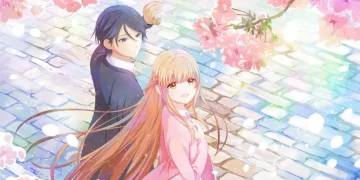The manga series Jujutsu Kaisen by Gege Akutami has rapidly grown in popularity over the past few years, even earning nominations across several categories at the prestigious Crunchyroll Anime Awards. On the back of this success, the second season of the Jujutsu Kaisen anime adaptation has proven a big hit among passionate anime fans.
With Akutami’s original manga nearing its conclusion, devotees of this dark supernatural world are expectant and excited to see where the complex narrative goes next.
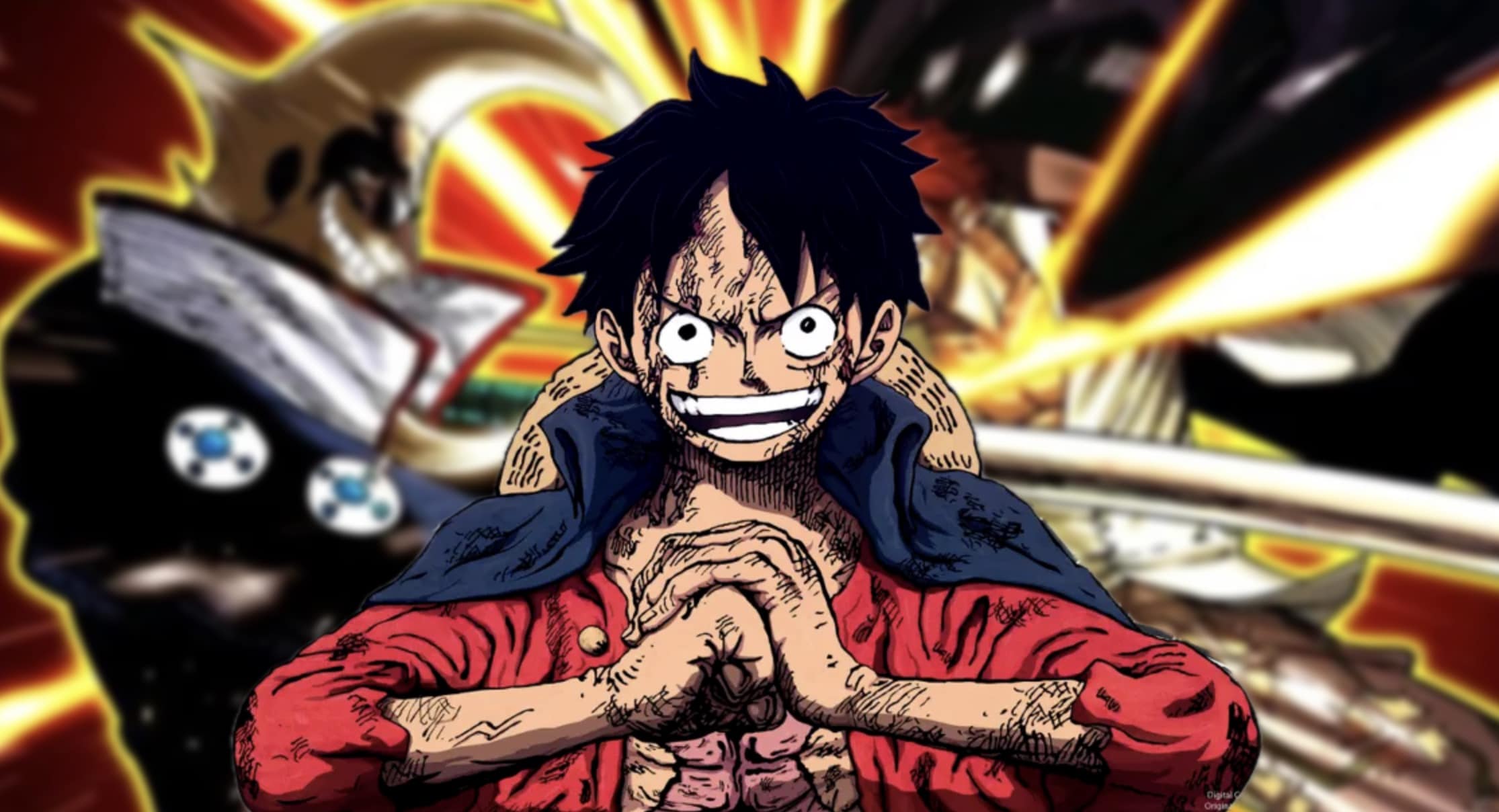
Akutami has sometimes faced backlash from vocal fans for story decisions that go against their wishes, notably killing off certain well-liked characters.
However, despite ruffling feathers in this way, Akutami displays strengths as a manga author through subtle choices that distinguish their work, like avoiding the sexual objectification of female characters which is a common trope in the medium.

This sets Jujutsu Kaisen apart from other landmark shonen series such as Eiichiro Oda’s One Piece and suggests Akutami prioritizes realistic characterization and progressive values.
While unorthodox narrative twists can frustrate fans invested in certain characters and outcomes, Akutami’s bold vision for Jujutsu Kaisen continues garnering praise and intense anticipation.
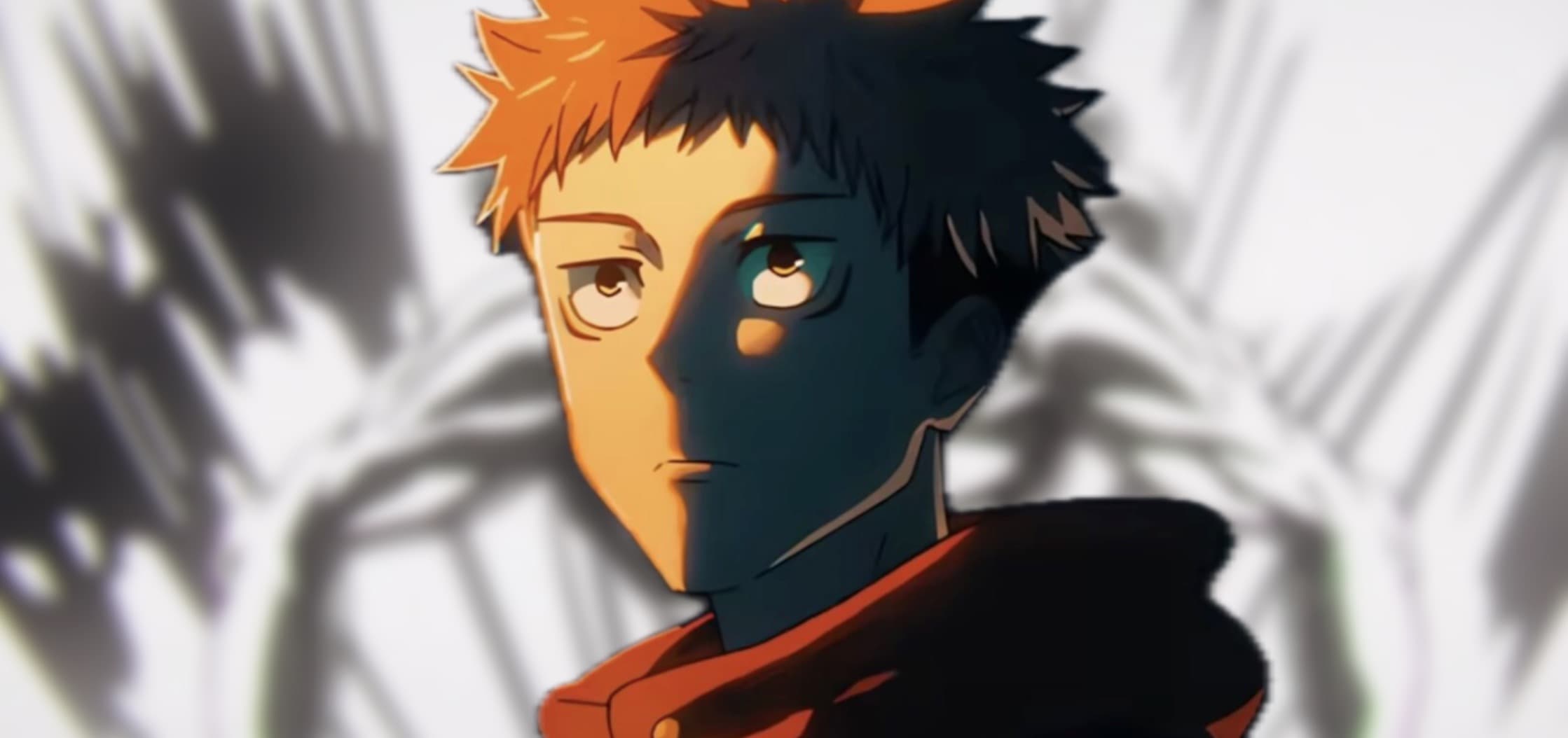
The climactic stages of this supernatural battle series promise to surprise and satisfy its growing readership.
Gege Akutami’s Unique Approach to Characterization in Jujutsu Kaisen
Manga artist Gege Akutami has developed a controversial reputation among some fans for unexpectedly killing off popular characters in their dark fantasy series Jujutsu Kaisen.
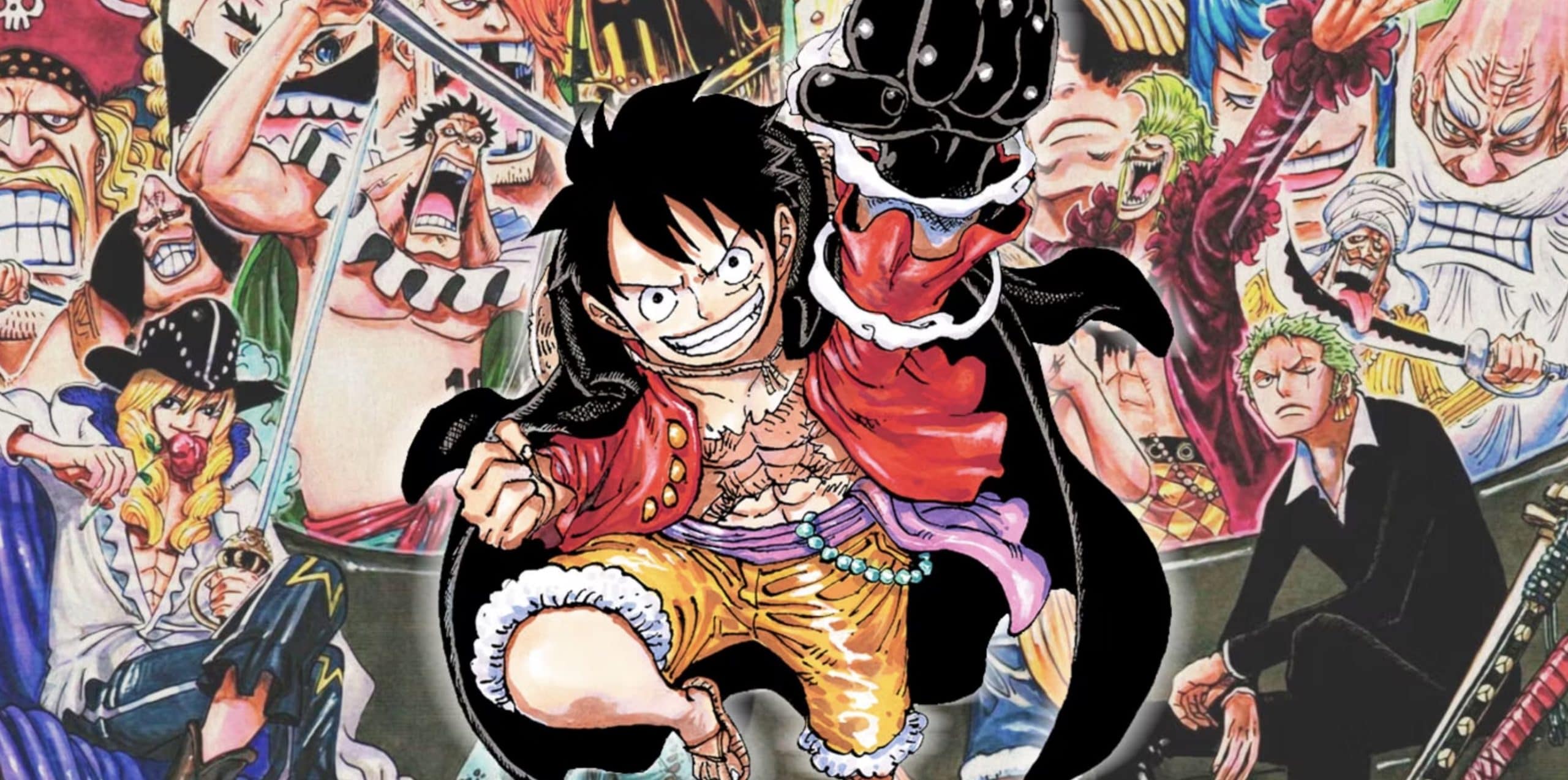
However, Akutami has also drawn praise for avoiding the sexualization of female characters which is prevalent across the medium.
Leading female protagonists like Nobara Kugisaki, Mai Zenin, and Maki Zenin wear practical outfits and exhibit strength and independence equal to their male counterparts.

They are not depicted as stereotypically feminine or weak. This representation of empowered women connects with many modern readers.
It is speculated that Akutami’s choice stems partly from considering their parents’ potential reactions. Though the manga author keeps their identity private, they reportedly maintain a close relationship with the family.

By ensuring their fictional creations do not make relatives uncomfortable, Akutami displays both consideration and creative integrity.
Additionally, Akutami has admitted to struggling to illustrate attractive female characters. Rather than overextending their artistic abilities, they focus on crafting complex personalities that overlook conventional beauty standards.
This approach has resonated strongly among fans, reinforcing the idea that powerful fiction emphasizes inner depth.
Contrasting Approaches to Female Characterization In One Piece And Jujutsu Kaisen
Manga creator Gege Akutami takes a respectful approach to female characters in their dark fantasy hit Jujutsu Kaisen, avoiding sexualization and emphasizing inner strength.
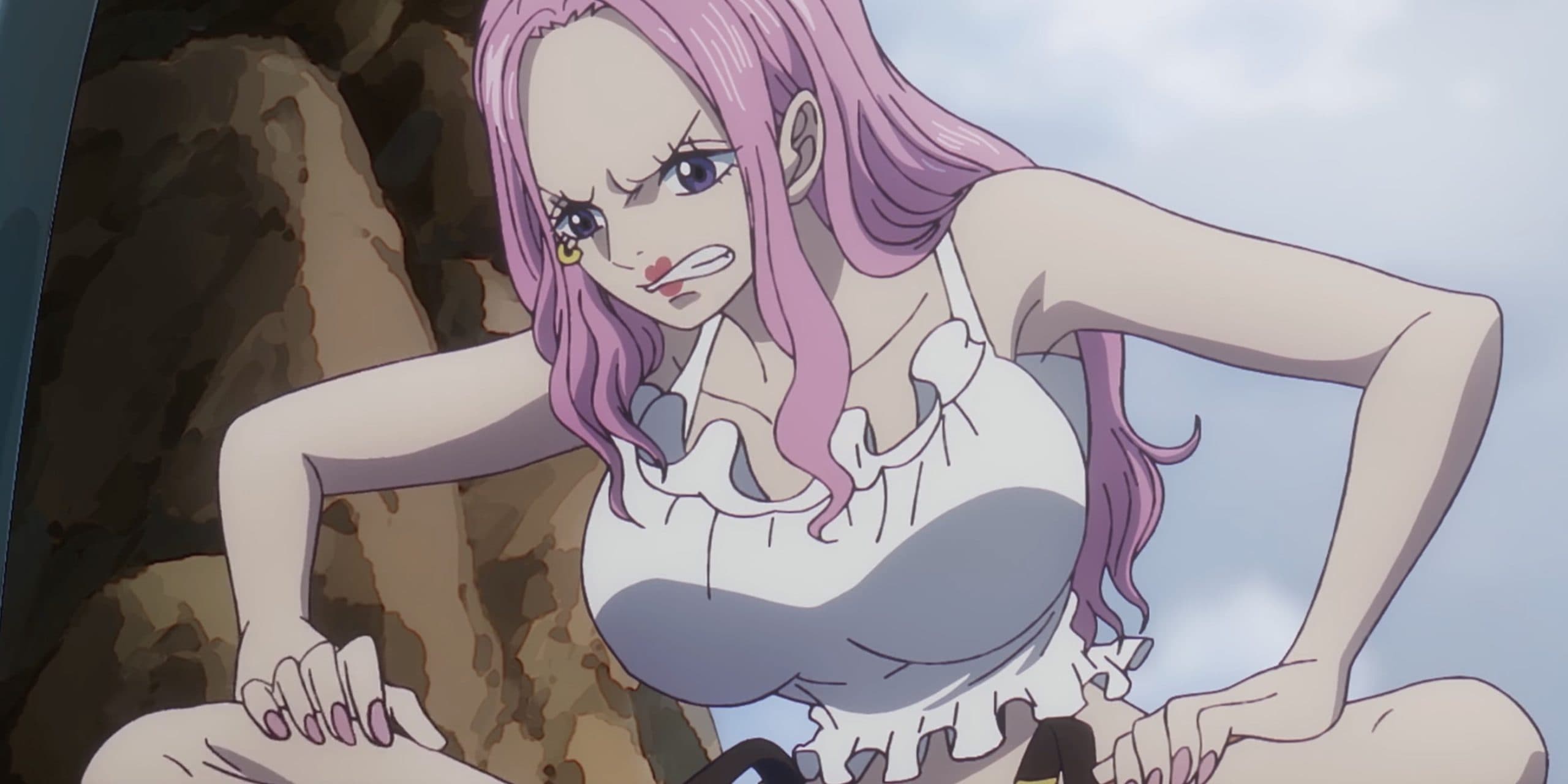
This contrasts sharply with the contentious representations found in Eiichiro Oda’s landmark One Piece series, where female characters are frequently depicted in an overtly sexualized manner.
Oda has faced ongoing criticism over the years for gratuitous sexualization, with female characters Nami and Robin provocatively dressed from their initial introductions.
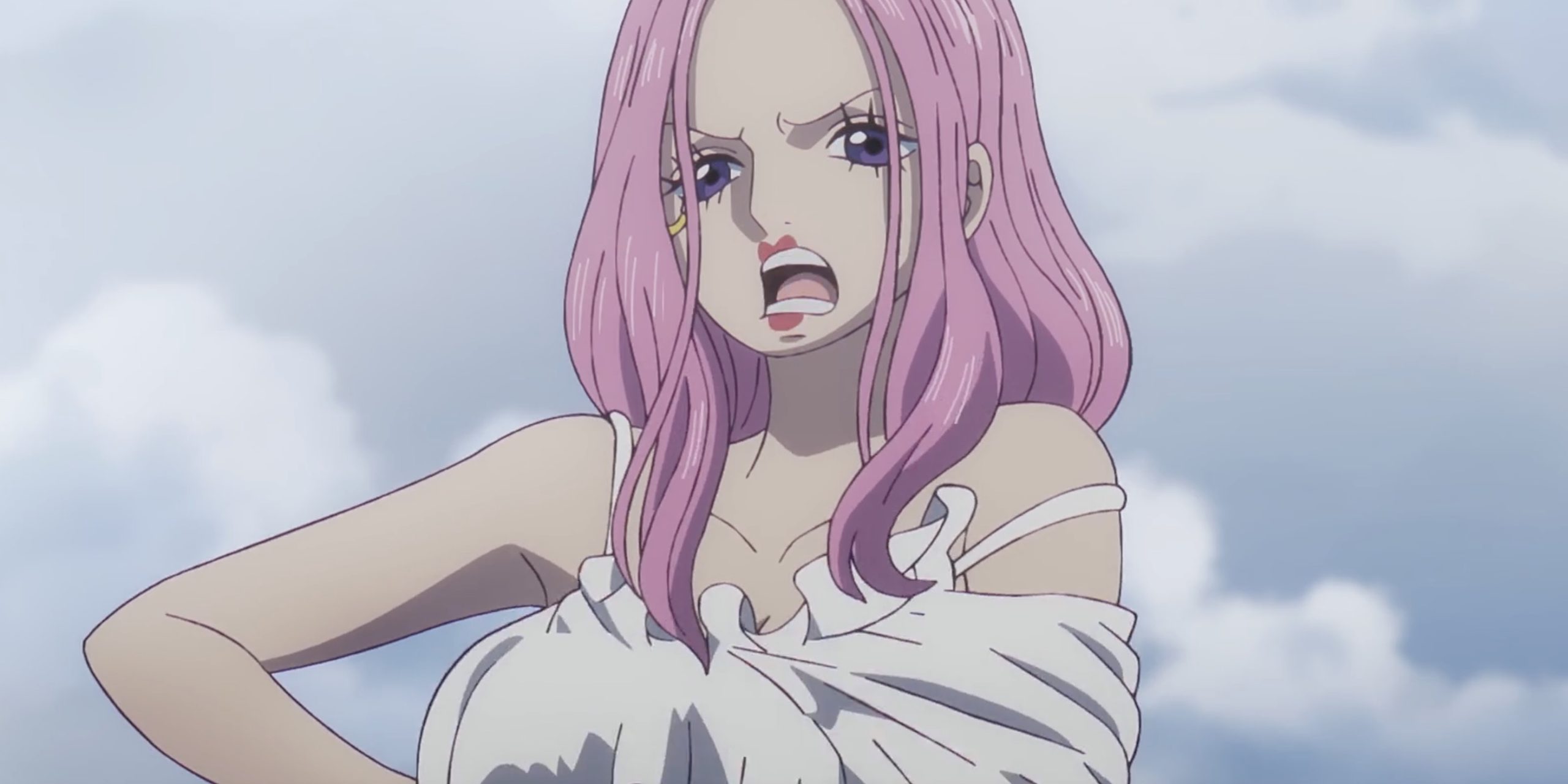
More recently, controversy erupted over Oda’s depiction of the character Jewelry Bonney – aged only 12 years old yet illustrated shirtless alongside adult men.
This sparked intense discussion around the appropriateness and ethics of such creative choices.
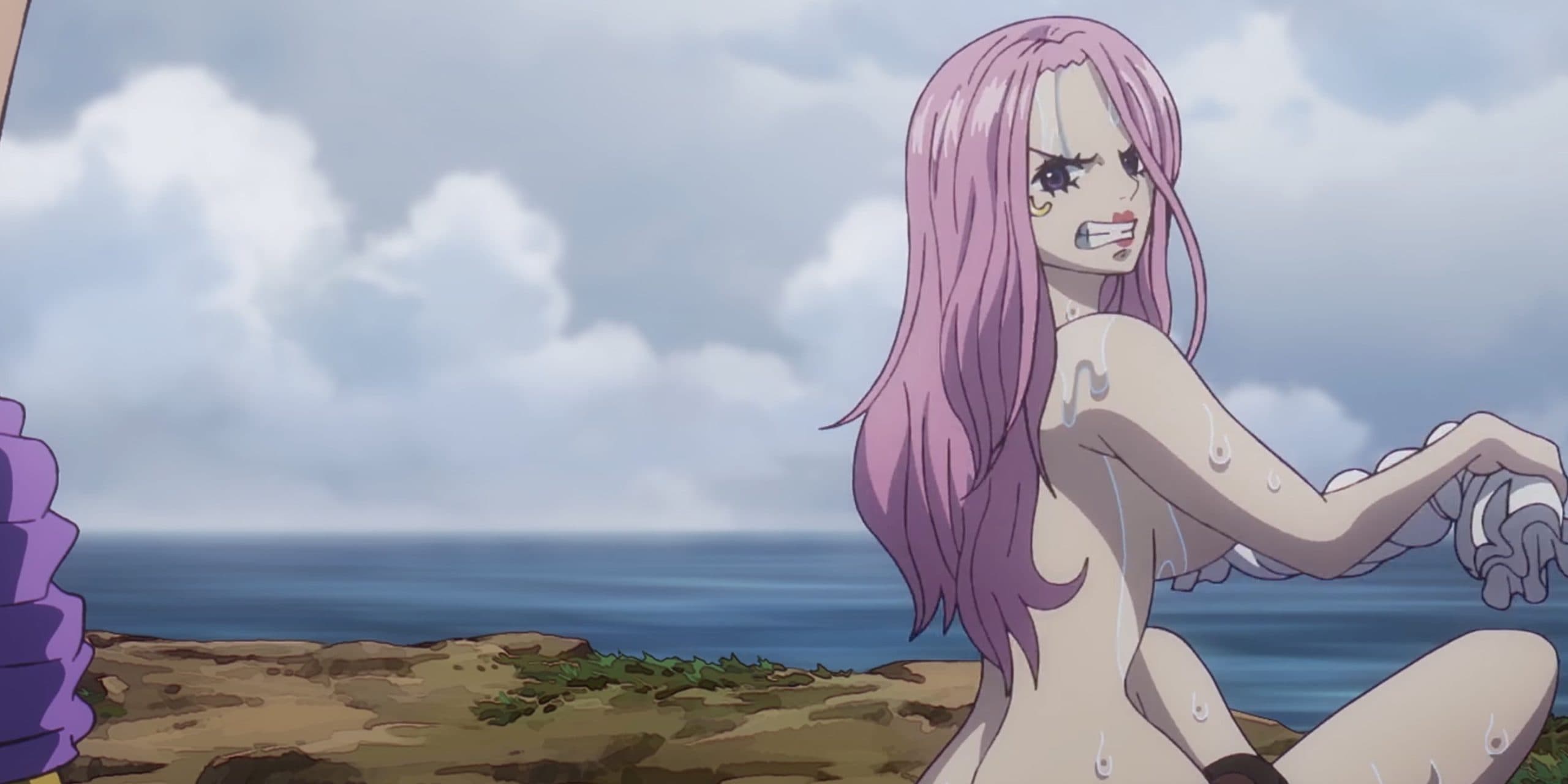
Unlike Akutami’s nuanced approach, Oda’s reliance on excessive sexuality and unrealistic body proportions for female characters remains an issue often called out by disappointed fans and commentators.
The contrast has fueled debate around the broader representation of women in manga and wider entertainment media.
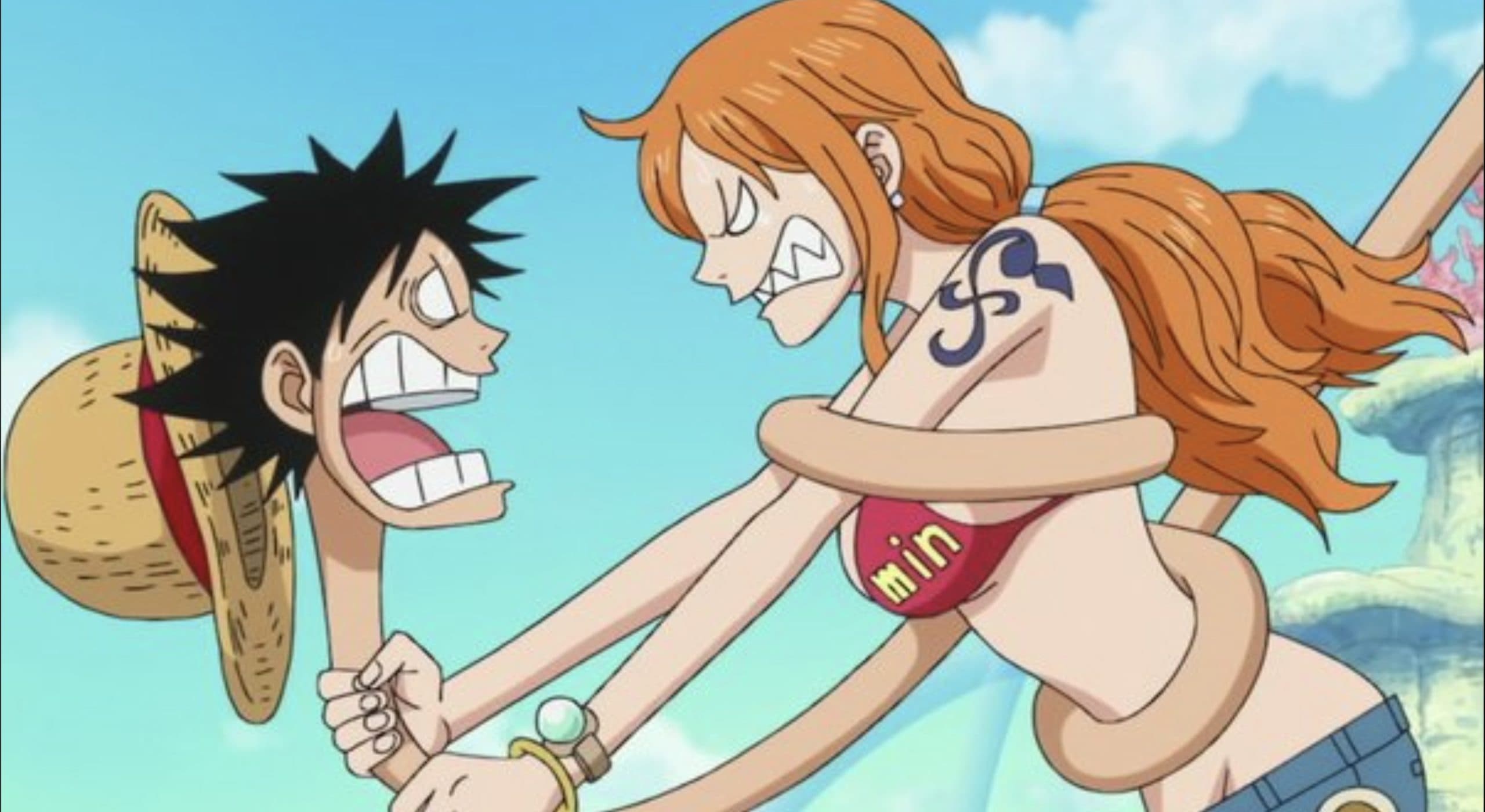
So while One Piece remains a historic, influential series, Oda’s persistently lascivious character depictions continue hampering its reputation and role as an aspirational pop culture phenomenon.
Meanwhile, Akutami’s respect and prioritizing of personality over physicality has garnered significant praise.
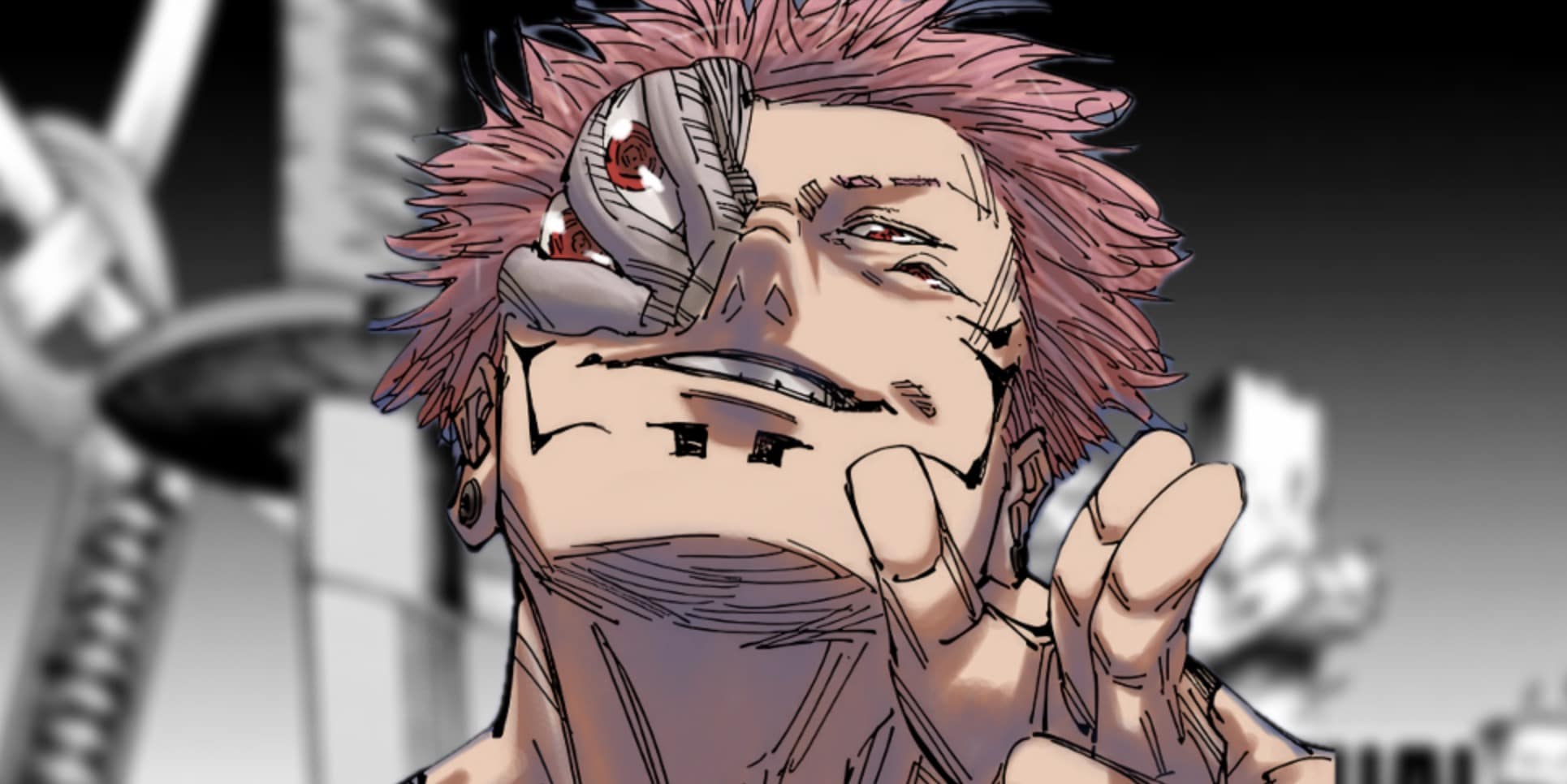
Though differing in tone and genre, the divergent authorial approaches of these two hit manga inform important conversations around creative ethics and values.
While Eiichiro Oda’s long-running manga epic One Piece maintains astronomical popularity, its portrayal of overtly sexualized female characters continues to spark intense criticism – even for an artist of Oda’s stature.
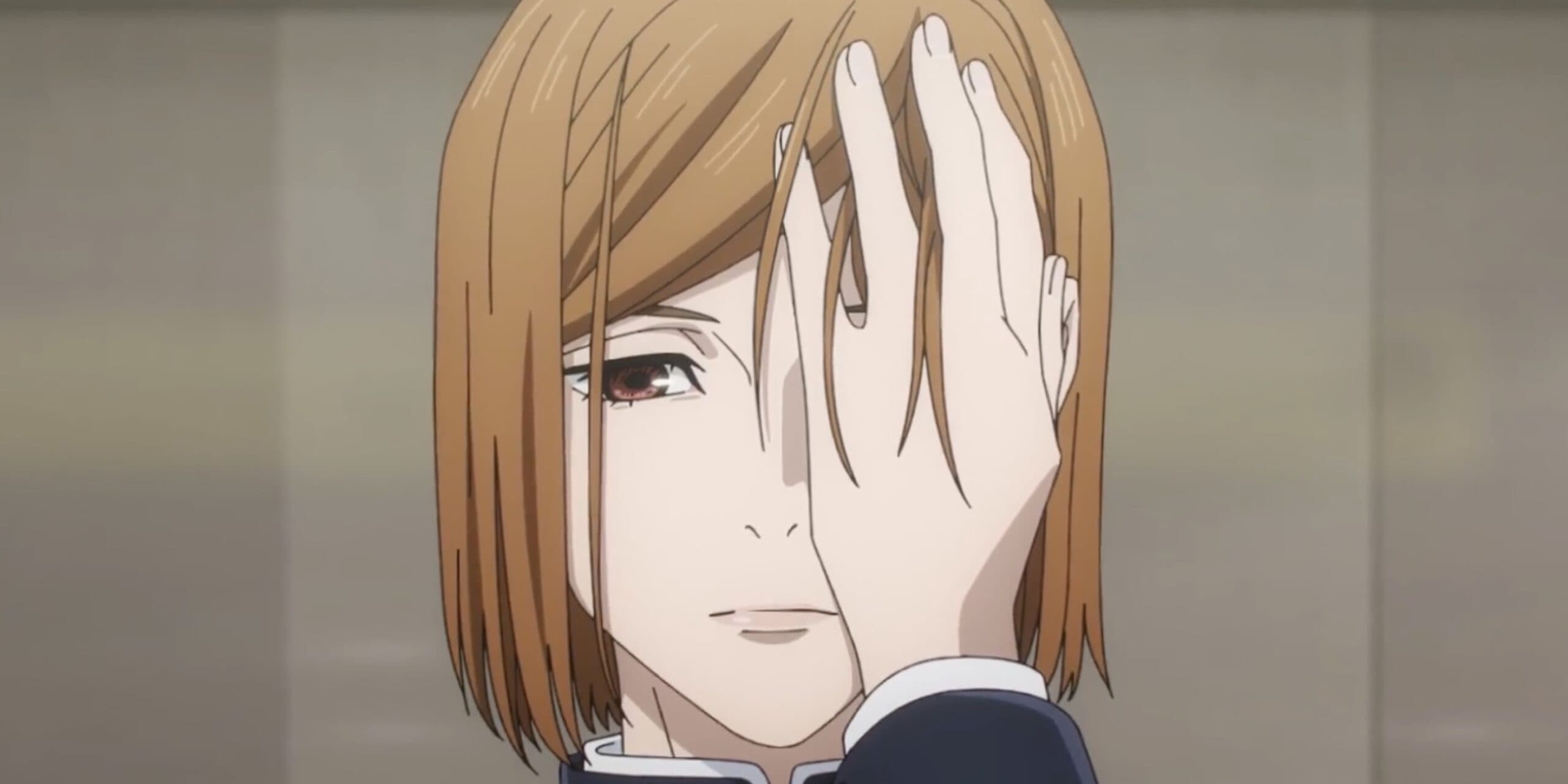
In contrast, emerging talent Gege Akutami of the dark fantasy series Jujutsu Kaisen takes a more progressive, nuanced approach to characterization that resonates with modern readers.
Though Oda’s expansive worldbuilding and imaginative visual style have captivated legions of fans, his tendency to depict women via unrealistic proportions and revealing attire diminishes One Piece‘s wider appeal. Despite the series’ dominance, Oda’s sensationalism remains contentious.


